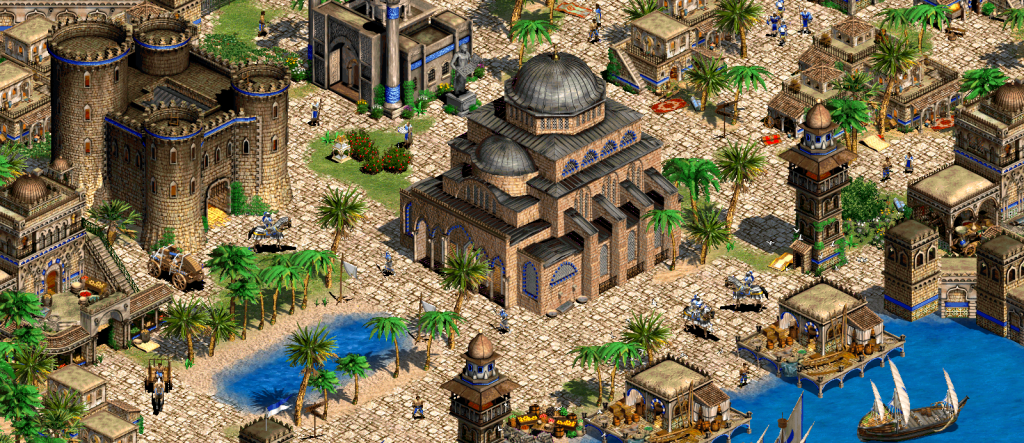The Blockchain Problem Space
An engineering breakdown on when to choose blockchain
The world is freaking out about blockchain and I have been sucked in. From day 1 of my exploration into the space, it has been enormously difficult to navigate the intersection of technology, politics, finance and the ensuing hype to get a direct answer to my fundamental question of “when should I be considering blockchain as a solution?”
Several months later I finally have been able to get some clarity on how to evaluate it purely as a technology — dispassionately detached from its goal of being a vehicle for global change and disruption
Blockchain as a database
Step one is to figure out a framework for analyzing blockchain. Fortunately, it falls into a very mature and well studied category: backend databases. Very simply, a blockchain is a database — it allows you to persistently store data and retrieve it later. Now the question is what kind of database is it?
It’s important to note that there’s no such thing as an innately useful or useless database. Every database chooses a different set of trade-offs giving it certain properties that may be useful for certain problems. If you’ve ever used a database that sucked, it’s likely that it was the wrong choice for your application.
Well what kind of database is it?
As a distributed system, databases are constrained by the CAP Theorem and have to choose between certain capabilities. Blockchain falls into the “eventually consistent” subcategory of databases that choose to sacrifice total consistency of their data. What this means is all the nodes in the database aren’t guaranteed to always have the exact same and up to date information.
Typically, this guarantee is sacrificed to support higher throughput for heavy workloads and high availability. Eventually consistent databases like Cassandra, CouchDB, and Riak are usually found tackling problems of scale. By contrast, blockchain does not have the capability to support anywhere near the throughput of these traditional databases.
The other challenge in any eventually consistent database is that the following scenario can happen:
1. User-A connects to a node in the USA. They write an amazing blog post on blockchain.
2. There is a network disruption between USA and Europe
3. User-A sends a link to their blog post to their German friend, Üser-B who connects to a node in Europe and cannot find the post. The update has not yet made it from the USA.
The problem that all eventually consistent systems have to deal with regardless of whether the disruption was for a second or for several hours is how to merge the two out of sync databases once they’re able to communicate again.
In this scenario, conflict resolution is easy. The post from the USA can just be inserted in Europe since it never existed there. However, what if the two users were collaborating on the same blog post during the network disruption? Two versions of the blog post exist until the disruption ends and they have to be merged into one.
Databases like Cassandra for instance simply decide the last modified version of the entity is chosen as the current state. While this is not ideal since one user can lose their changes, it is an acceptable loss since in most domains it is unlikely that two users in different locations are modifying the same entity at the same time. The two databases in Europe and USA can merge their data entity by entity, overwriting data only when it happens to have been modified in both places.
Blockchain, however, handles conflict resolution in quite a different way. If there is a net-split between Europe and the USA and two versions of the database emerge, it simply decides on re-connection to keep the entirety of the version that has received more traffic during the disruption (aka the longer chain). This means if the USA version wins, all of the modifications in the European version, even if there aren’t conflicts, are discarded. To reiterate, this means even if most of the interactions in Europe were just with other users in Europe and not in conflict with the USA version, all of those writes are thrown away regardless.
At this point it seems like blockchain is an inferior database when compared to others ones in the category. However, as I mentioned before there is no such thing as a useless database. For everything blockchain does worse than other databases, it must be getting something in return for those trade-offs.
Byzantine Fault Tolerance

Typically, when you setup a database cluster you are in control of every node that belongs to it. Byzantine Fault Tolerance allows for systems to exist where multiple parties (basically anyone) can contribute nodes to the cluster. The complexity that arises with this is that there may be bad actors who try to corrupt the data with false information. BFT systems are able to tolerate bad actors to some degree. If you would like a deep dive on BFT the Wikipedia entry is actually quite approachable.
This is the core feature that most blockchain implementations offer. It is the only thing that it does better than every other databases and should be the main reason why you choose blockchain for your application. If BFT does not create a huge advantage for your use-case, it is unlikely blockchain makes sense to consider over a traditional database. Decentralization is not free and must be a fundamental requirement of your product to justify its use. If it’s simply a cool twist on an existing concept, the non-decentralized version is always going to be better as it does not have to deal with the same constraints.
Now that we’ve narrowed down the advantage of blockchain to this singular trait, we can zoom out from an engineering perspective back into the real world. Decentralization is incredibly interesting to me from a philosophical perspective. A system that’s run by disconnected parties all contributing resources toward a common goal is innately appealing. No one wants to be at the mercy of large centralized entities.
But that’s just a personal affinity. The question of how BFT objectively provides a measurable technological advantage in the industries that blockchain is touted to revolutionize remains to be answered. The old, entrenched systems controlled by banks and governments are not going to risk the arduous path towards migrating to blockchain and all its trade-offs simply for philosophical reasons.
The formula of “old idea now powered by blockchain” is doing wonders for cryptocurrency’s price in the short term but has not yet generated the value it needs to in order to be sustainable in the long term.
